Thinking of a Short Haircut? Here’s What Your Stylist Really Wants You to Know
After countless hours behind the chair, I’ve figured out a simple truth. A killer short haircut doesn’t come from a picture you saved on your phone. It comes from a real, honest chat between you and your stylist. A great haircut is a team effort. It’s all about understanding your hair, your life, and what you actually want to see looking back at you every morning. So let’s push the trends aside for a second and get into the nitty-gritty of what makes a short haircut work.
In this article
First Things First: The All-Important Consultation
Before my scissors get anywhere near your head, we talk. Seriously, this is the most crucial part of the whole appointment. I’m not just glancing at your face shape; I’m getting a feel for the actual fabric of your hair. This is what the pros are trained to see, and it’s knowledge you can use to pick the right products and styles later on. We mainly focus on three things: density, texture, and porosity.
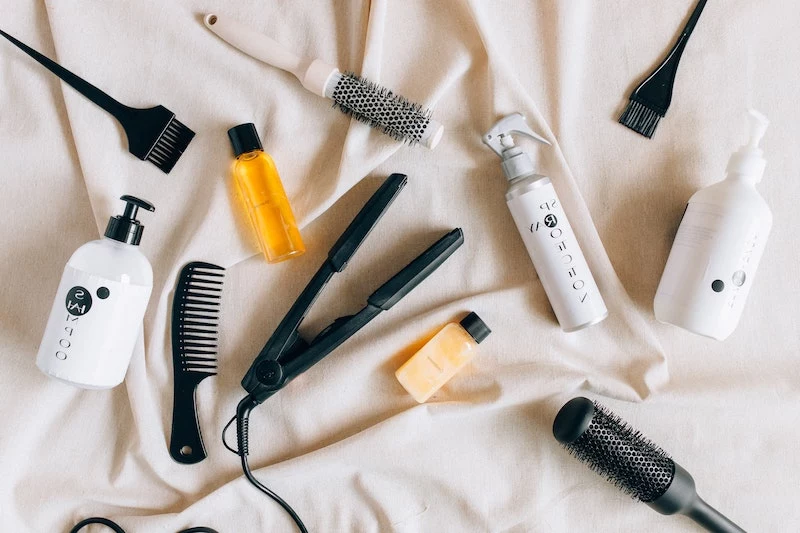
Hair Density: This is just a fancy way of saying how many individual hairs are packed onto your head. It’s the difference between having thick or more sparse hair. Quick check: part your hair and take a look. If you can see your scalp pretty easily, you probably have low density. If it’s a jungle in there, you’ve got high density. For short cuts, this is everything. High-density hair needs some of that weight taken out with internal layers or texturizing to avoid that dreaded “triangle head” look. Low-density hair, on the other hand, does great with blunt lines and fewer layers to fake the look of fullness.
Hair Texture: Now we’re talking about how thick each individual strand is—fine, medium, or coarse. You can feel this by rolling one strand between your fingers. Fine hair is silky, almost like a thread. Coarse hair has more substance, kind of like a thin wire. Fine hair is delicate and gets weighed down easily, so heavy products are a no-go. Coarse hair is strong but can be stubborn, often needing extra moisture to feel soft.
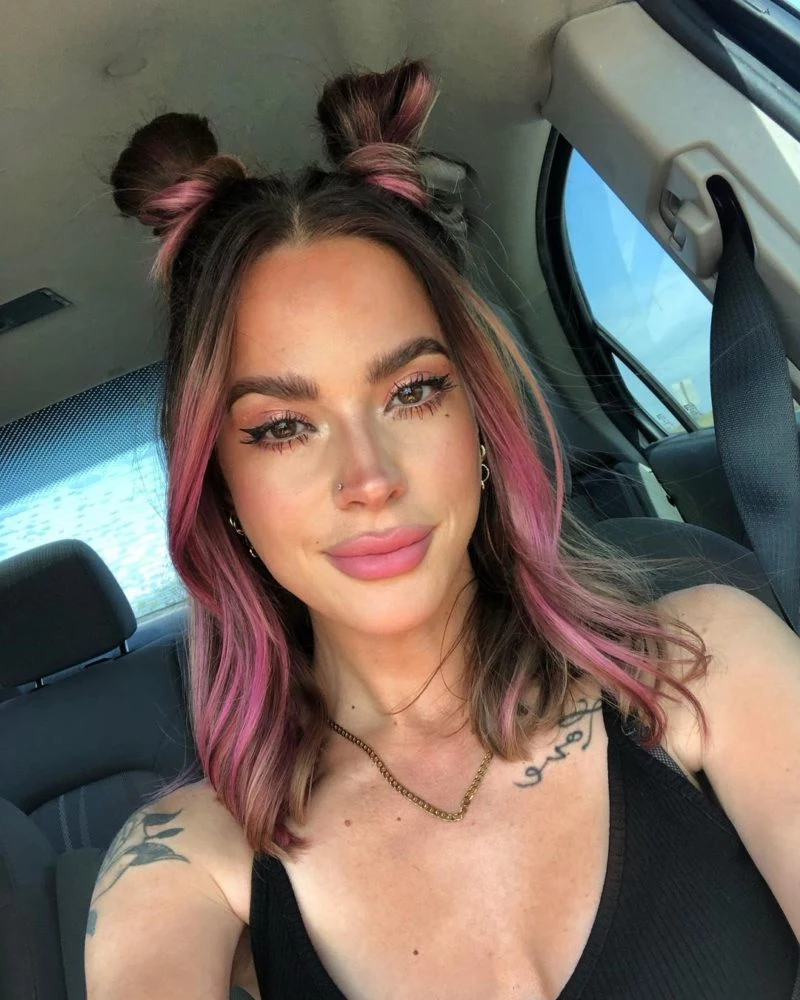
Hair Porosity: This one sounds technical, but it’s just about your hair’s ability to soak up and hold onto moisture. If your hair has low porosity, the outer layer is sealed tight. Products tend to sit on top, and it can be tough to get moisture in. High porosity hair has a more open outer layer, so it drinks up moisture fast… but loses it just as quickly. Hello, frizz. I often do a quick spritz test with a water bottle. If the water beads up, it’s low porosity. If it soaks right in, it’s high porosity. This tells me exactly what kind of conditioner or styling cream will actually work for you.
The Tools of the Trade (and What to Actually Buy)
You don’t need the most expensive gear, but you do need the right gear for your hair. Here’s the essential kit I recommend to my clients for getting that salon look at home, plus a realistic idea of what you should expect to spend.
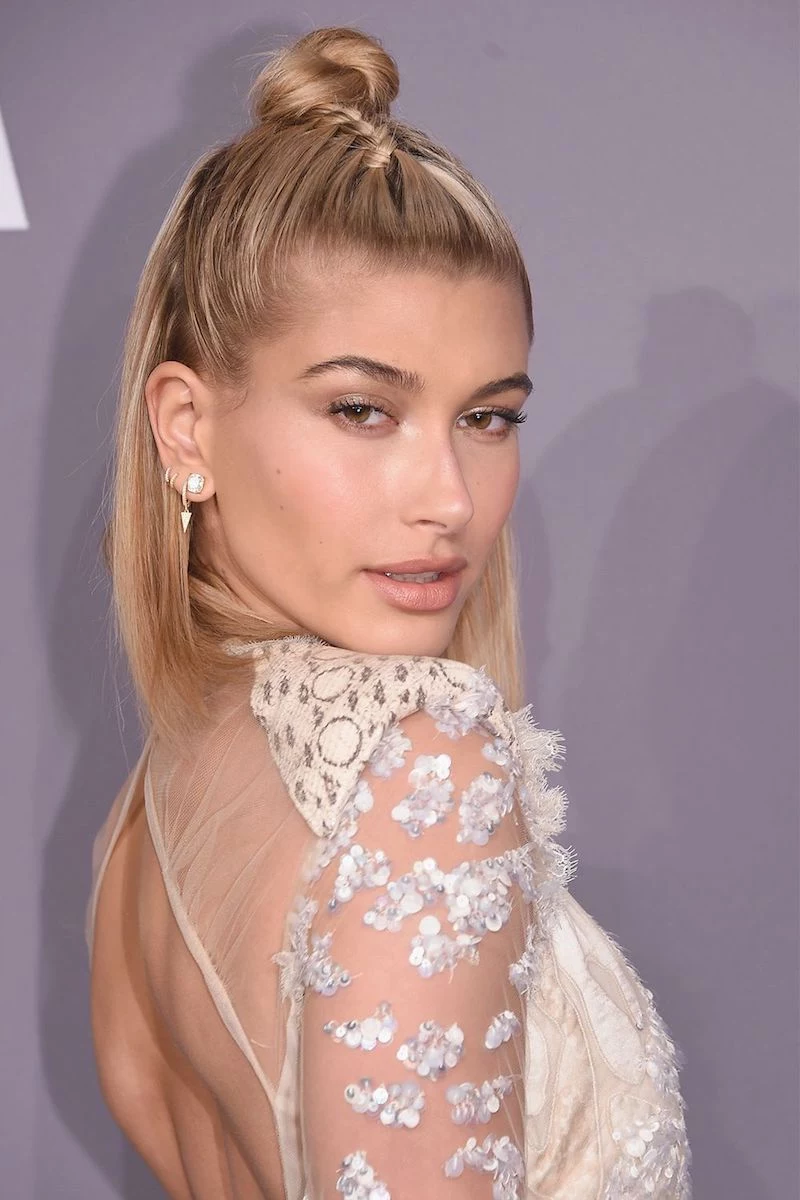
A Decent Blow Dryer: Look for an ionic dryer. This isn’t just marketing fluff; the tech really does break down water faster, cutting down on drying time and heat damage. A model with different heat and speed settings is a must. A good one will run you somewhere between $80 and $200, but it’s an investment that pays off in your hair’s health. You can find great options at places like Ulta or online.
The Right Brushes:
- Round Brush: A ceramic round brush is a superstar for creating volume and smoothing things out. For my clients with fine hair, I often lean towards a boar bristle brush. The natural bristles give amazing tension and shine without needing scorching heat.
- Paddle Brush: This is your go-to for getting your hair mostly dry, fast. It’s perfect for the initial drying before you go in for detailed styling.
- Denman Brush: If you have short curly or wavy hair, this brush is a game-changer for clumping curls together and getting that perfect definition.
Heat Styling Tools: A 1-inch flat iron is the Swiss Army knife for short hair. You can straighten, wave, or just tuck the ends under. I’d suggest ceramic plates for most people, as they give off a gentler, more even heat. Titanium gets hotter and is better for really coarse hair. A quality ceramic iron will cost between $50 and $150. Heads up! I tell every client this: any heat setting above 375°F (190°C) is for professional use only. You can get the job done—and save your hair—by staying in the 300-350°F range.
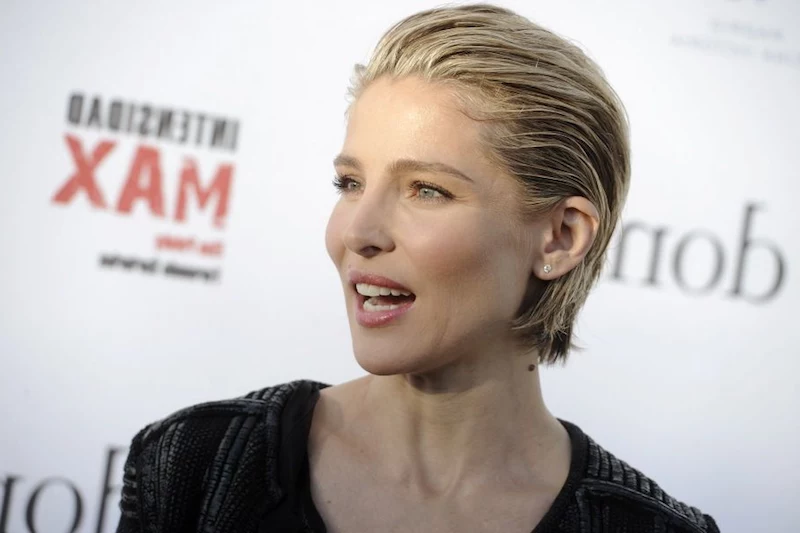
Your Product Lineup:
- Heat Protectant: Non-negotiable. It’s like sunscreen for your hair. I’ve seen the damage from skipping it, and trust me, it’s not pretty.
- Mousse or Root Lifter: A lightweight mousse at the roots is the secret to getting lasting volume in fine or thin hair.
- Texturizing Spray, Pomade, or Paste: This is what gives short hair its personality. A texturizing spray (usually $15-$30) is great for that lived-in, piecey vibe. So, when you’re staring at the shelf, what’s the real difference between pomade, wax, and paste? It’s all about hold and shine. Pomade typically gives you a sleeker, higher-shine finish. Wax offers a stronger hold with a more matte (non-shiny) look, perfect for defining pieces. Paste is the versatile one in the middle, giving you flexible hold and texture without a lot of gloss. When in doubt, start with a pea-sized amount of paste.
- Finishing Hairspray: Look for a flexible-hold spray. You want your style to stay put, not feel like a helmet.
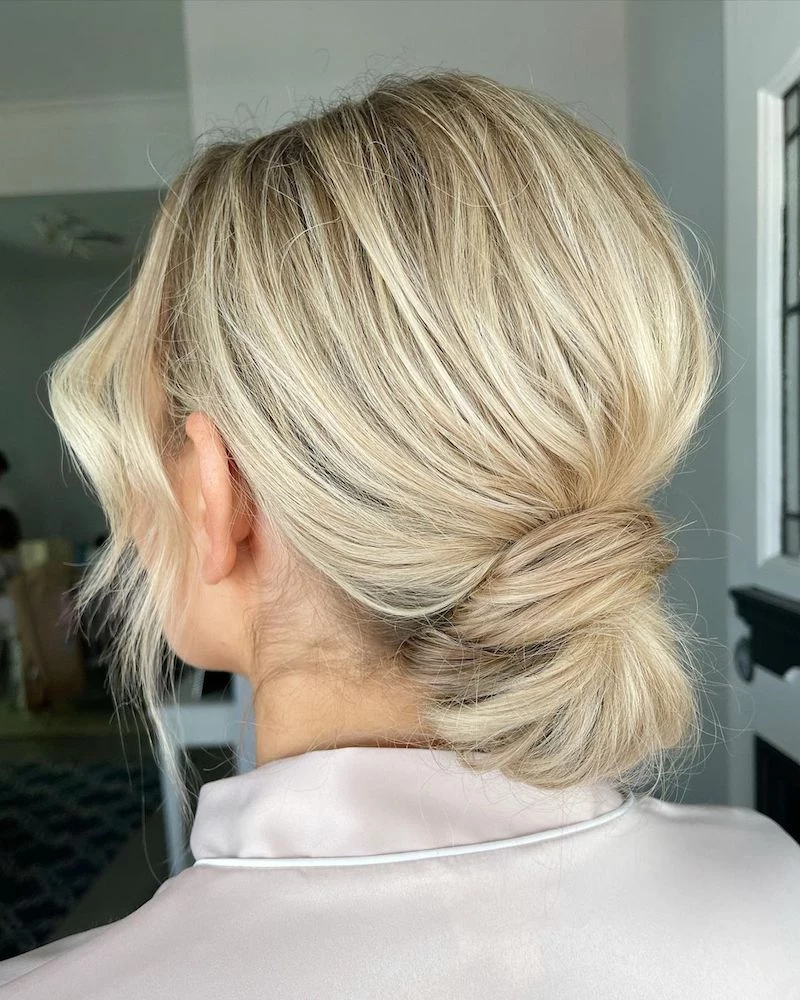
Case Study: The Classic Bob
The bob is one of those cuts that never goes out of style, but its success is all in the details. It’s a game of angles, all designed to create a clean line that works with your jaw and neckline.
For a classic blunt bob, the technique involves zero elevation—holding the hair straight down to cut. This builds a strong, solid line that makes hair look incredibly thick, which is a fantastic trick for finer hair types. If someone has super thick hair, I’ll use point cutting, which is just snipping into the ends with the tips of the shears. It softens the line and removes bulk without creating obvious, choppy layers.
A Common Pitfall: The most frequent complaint I hear is, “My ends keep flipping out!” This is usually from a weird cowlick at the nape of your neck or just not blow-drying correctly. To fix it, you need to master the beveled blowout: using a round brush, follow the brush down the hair shaft with your dryer, turning your wrist under right at the ends. If that fails, a flat iron is your friend. Grab a small section, clamp the iron near the root, and pull straight down with a slight inward curve at the very end. That little flick of the wrist makes all the difference.
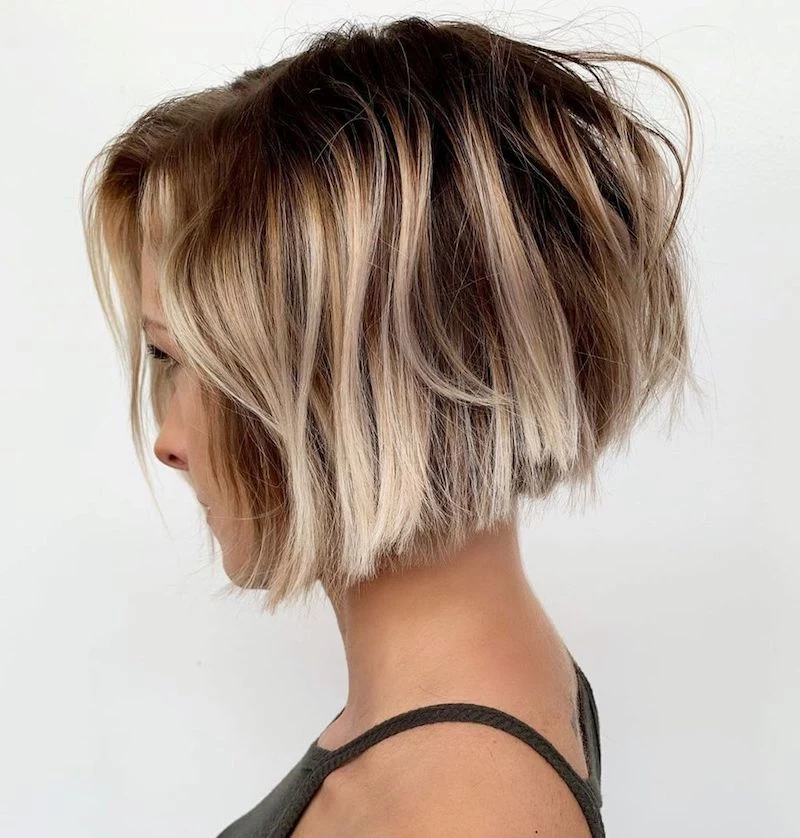
Case Study: The Confident Pixie Cut
Ah, the pixie. It’s more than a cut; it’s a whole vibe. But it demands precision and regular upkeep. Be prepared for your first pixie appointment to take a bit longer, maybe 1.5 to 2 hours. A good stylist will want a thorough consultation before even starting.
A huge part of a great pixie is done with a technique called scissor-over-comb, which allows for a super close, tapered cut that follows the shape of your head. The contrast between the short, neat sides and the softer, textured top is what keeps it looking modern.
Styling a Pixie is Quick and Fun:
- For a textured look: First, get your hair totally dry. Then, here’s the trick: take a pea-sized dab of styling paste. Rub it between your palms until it’s warm and practically invisible. Then rake your fingers through your hair, twisting and defining small pieces at the ends. This method prevents clumps and gives you that perfectly messy look.
- Common Pitfall: “My pixie looks like a helmet!” This usually means you’re trying to make it too perfect and smooth. The solution? Embrace the chaos! Grab a dry texture spray, flip your head upside down, and rough it up a bit with your fingers. Pixies thrive on texture, not perfection.
By the way, I’m always upfront with clients about pixie maintenance. It’s low-maintenance day-to-day, for sure, but you’ll need a trim every 4-6 weeks to keep it from looking shapeless. Any longer and you’ll enter the dreaded mullet stage.
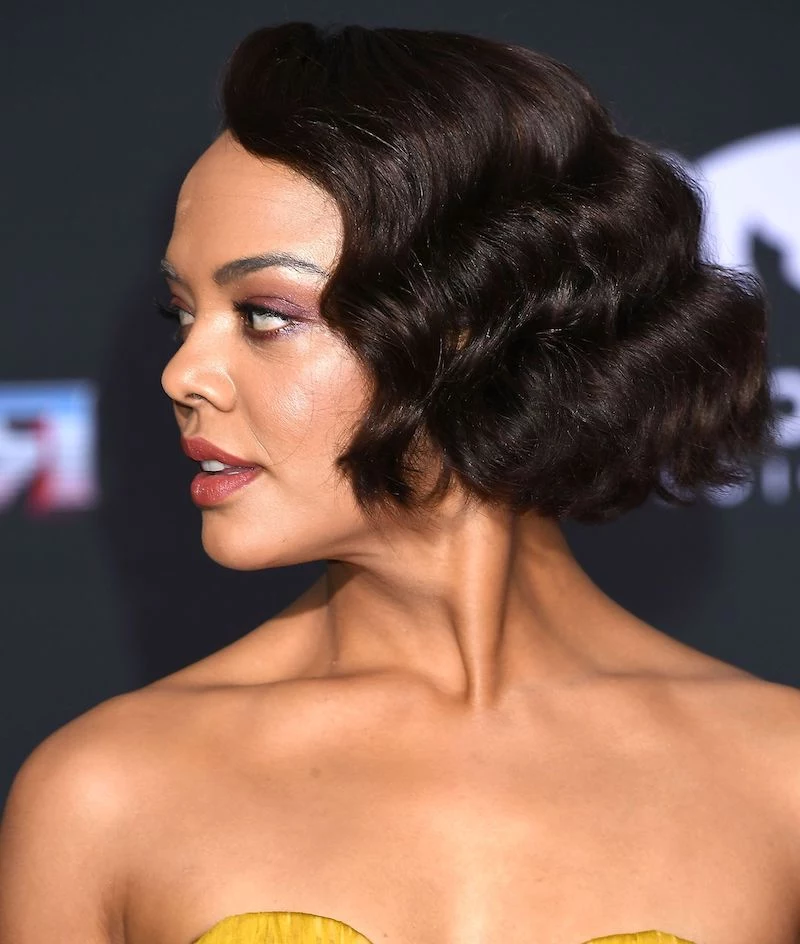
Quick Win for Busy Mornings
Got two minutes? You can still look polished. I call this the “2-Minute Polish.” Just grab your flat iron and smooth out the front face-framing pieces and the very top layer of your hair. It creates the illusion of a full, intentional style in a fraction of the time.
Let’s Be Real: When to See a Professional
My number one job is to keep your hair healthy. So please, always use a heat protectant. It’s heartbreaking to have to chop off hair that’s been fried by a flat iron turned up way too high.
And while styling at home is empowering, you have to know your limits. The initial cut should always be done by a pro. I’ve spent countless hours fixing DIY haircuts. I once had to spend three separate appointments carefully reshaping a cut where someone tried to give themselves layers and ended up with a full-on mullet. Trust me, it’s always cheaper and less stressful to get it done right the first time.
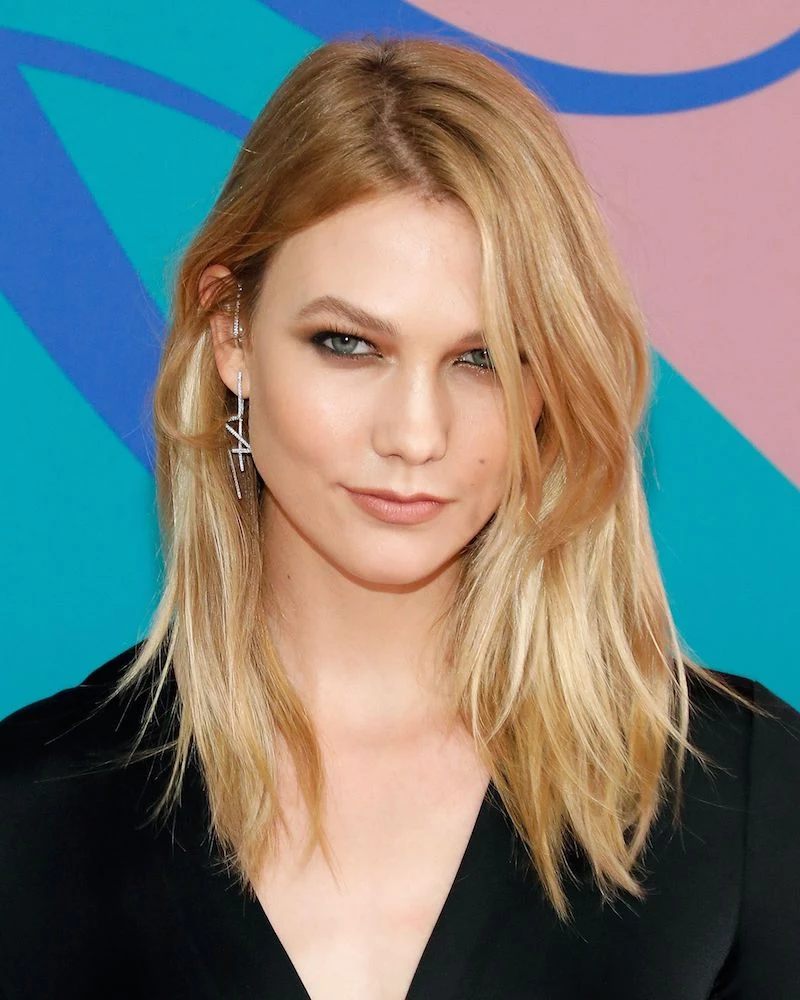
But how do you find someone you trust? It’s the biggest hurdle. Start by searching on social media. Look for hashtags like
[yourcity]pixiecut or
[yourcity]bobspecialist. Find stylists whose posts show off cuts on hair that looks like yours. During the consultation, here’s a major red flag: if a stylist doesn’t ask about your lifestyle or physically touch your hair to feel its texture, they’re not being thorough enough. Walk away and find someone who treats your hair like a unique project.
A great short haircut can be absolutely liberating. The secret isn’t finding one “perfect” photo, but in understanding the unique fabric of your own hair and building a partnership with a stylist who gets it. Your hair is your best accessory—wear it with confidence!
Inspirational Gallery

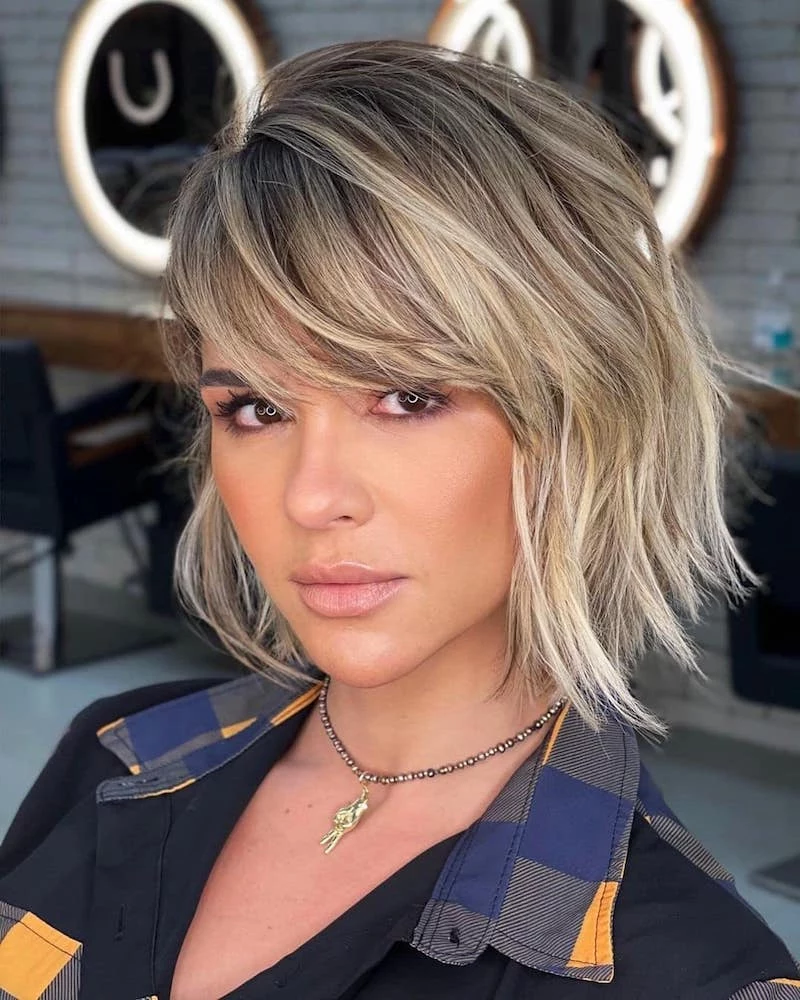
The average person’s hair grows about half an inch per month.
On long hair, that’s barely noticeable. On a sharp pixie or a crisp bob, it’s the difference between a style that’s perfectly edgy and one that’s starting to lose its shape. This is why short hair is a commitment. Plan for a maintenance trim every 4 to 6 weeks to keep those lines looking intentional and sharp. It’s less about length and more about preserving the architecture of the cut.
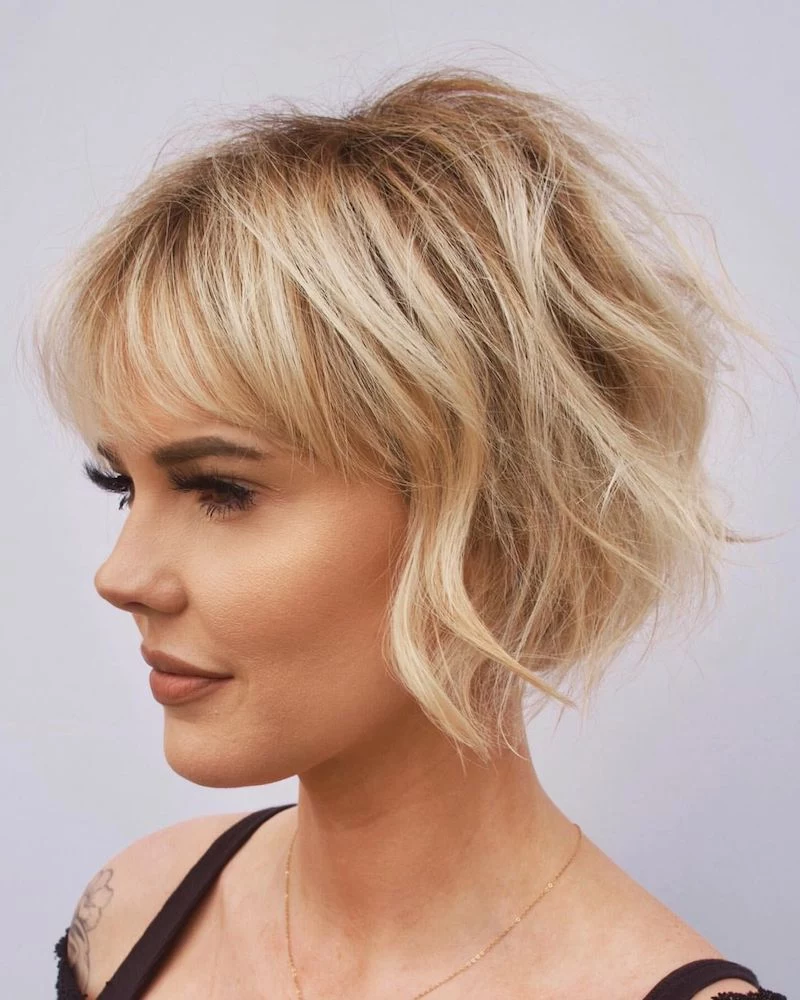
Pomade: Think of it as sculpting clay for your hair. A product like Fatboy’s Perfect Putty gives you pliable hold and a matte finish, perfect for defining pieces in a pixie or taming flyaways on a sleek bob. It offers control and texture.
Texturizing Spray: This is your secret weapon for that ‘I woke up like this’ vibe. A few spritzes of a spray like OUAI’s Texturizing Hair Spray creates airy volume and a lived-in, slightly gritty feel. It’s for movement, not stiff hold.
Choose pomade for definition and spray for volume.
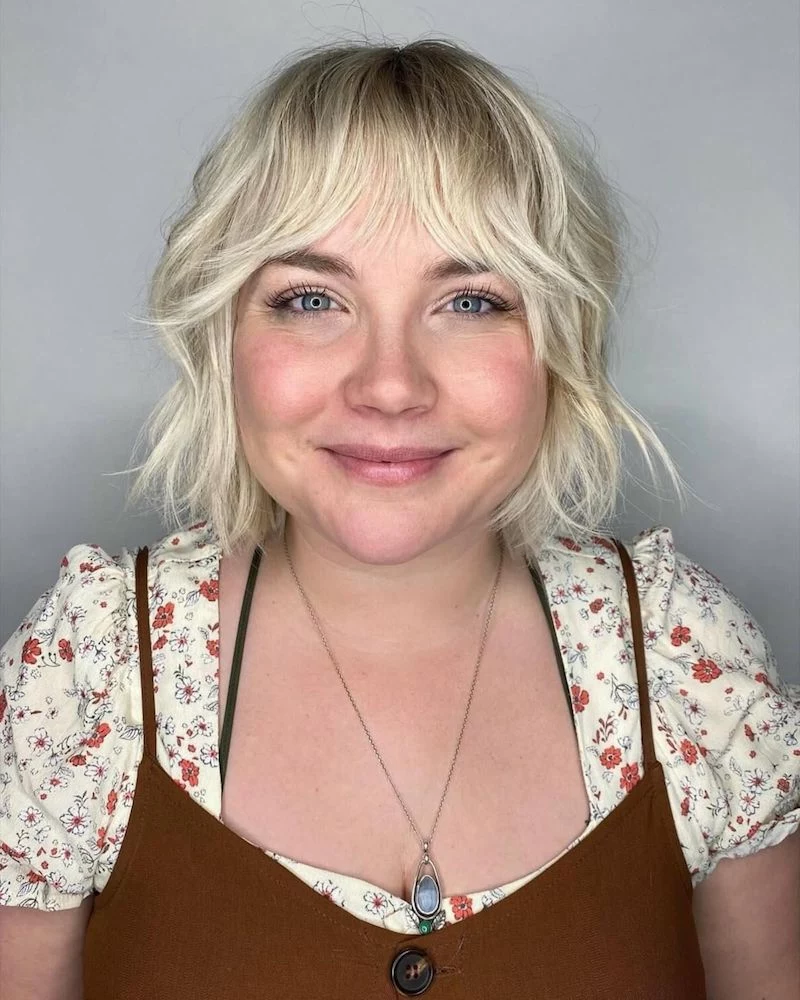
- You’ll save a small fortune on shampoo and conditioner.
- Your hair dries in a fraction of the time, with or without a blow dryer.
- It gives fine hair an instant illusion of thickness and body.
The real magic behind a low-maintenance short cut? It’s a style designed to work *with* your hair’s natural texture, not against it. Your stylist achieved this by point-cutting or using a razor to build in texture that does the styling work for you.
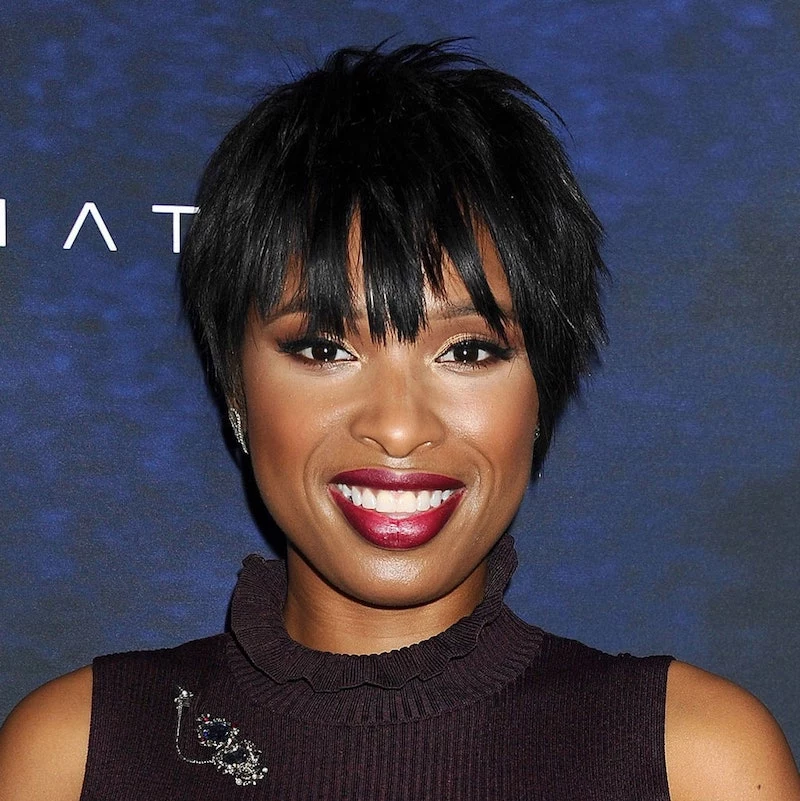
Don’t underestimate the power of color to transform a short cut. A simple crop can become a major statement with the right hue. A platinum blonde pixie feels instantly high-fashion, while deep, chocolatey tones can make a bob look incredibly lush and healthy. Even subtle ‘babylights’ woven through the top layers can add dimension and the illusion of movement, preventing a short style from looking flat or solid.
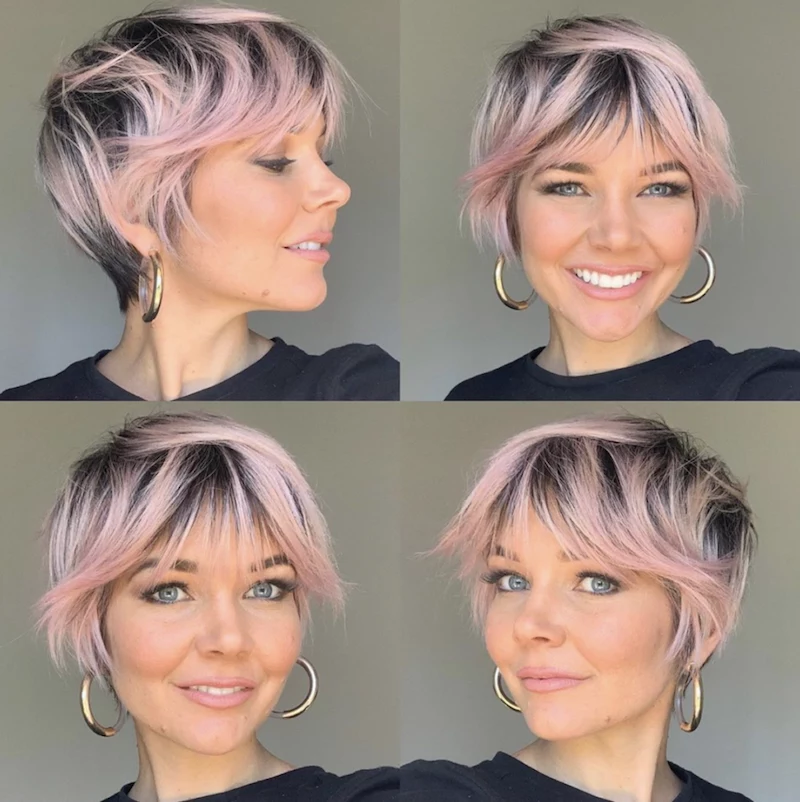
The one thing to splurge on: A mini flat iron. While you might save on conditioner, a smaller styling tool is non-negotiable for short hair. A standard-sized iron is too bulky to properly handle short bangs, nape details, or the flicked-out ends of a bixie (bob-pixie). Brands like ghd and BaBylissPRO make excellent mini versions that offer precision without scorching your delicate strands.

I’m worried about the awkward growing-out phase. What’s the strategy?
The dreaded in-between stage is more of a transition than a problem! The key is to embrace it with accessories and subtle reshaping. For the first few months, cute barrettes, headbands, or a stylish silk scarf can manage unruly pieces. Then, visit your stylist for a ‘cleanup’ cut. They won’t take off length, but will reshape the back into a chic micro-bob or a shaggier mixie, making the grow-out process look intentional and stylish every step of the way.
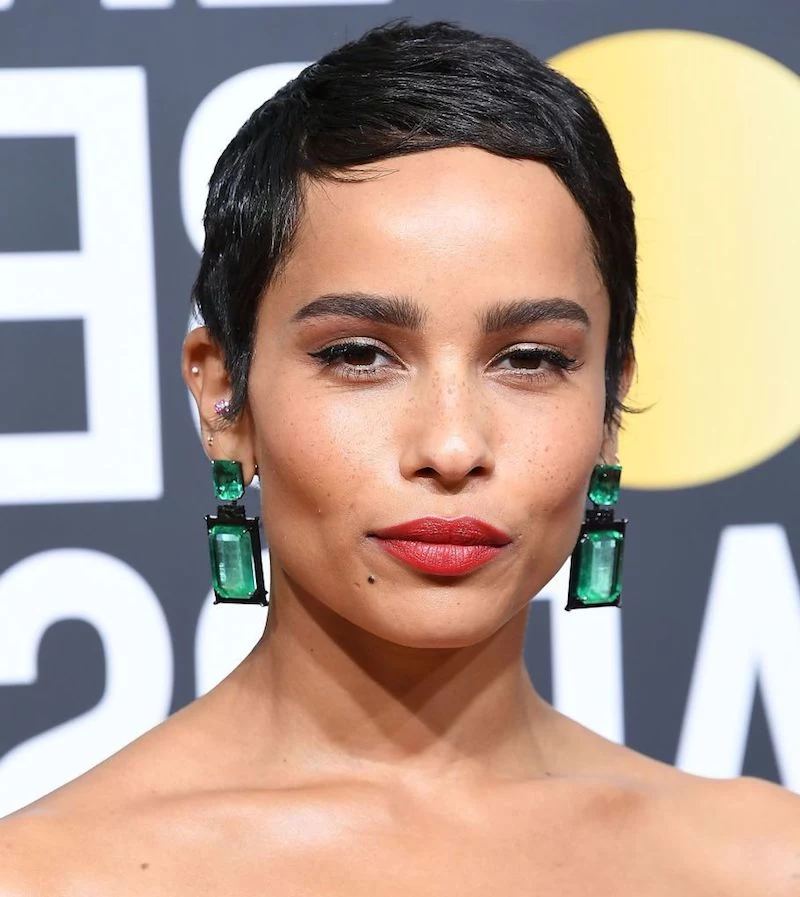
Forget strict rules. A great haircut is about balance, not just your face shape.
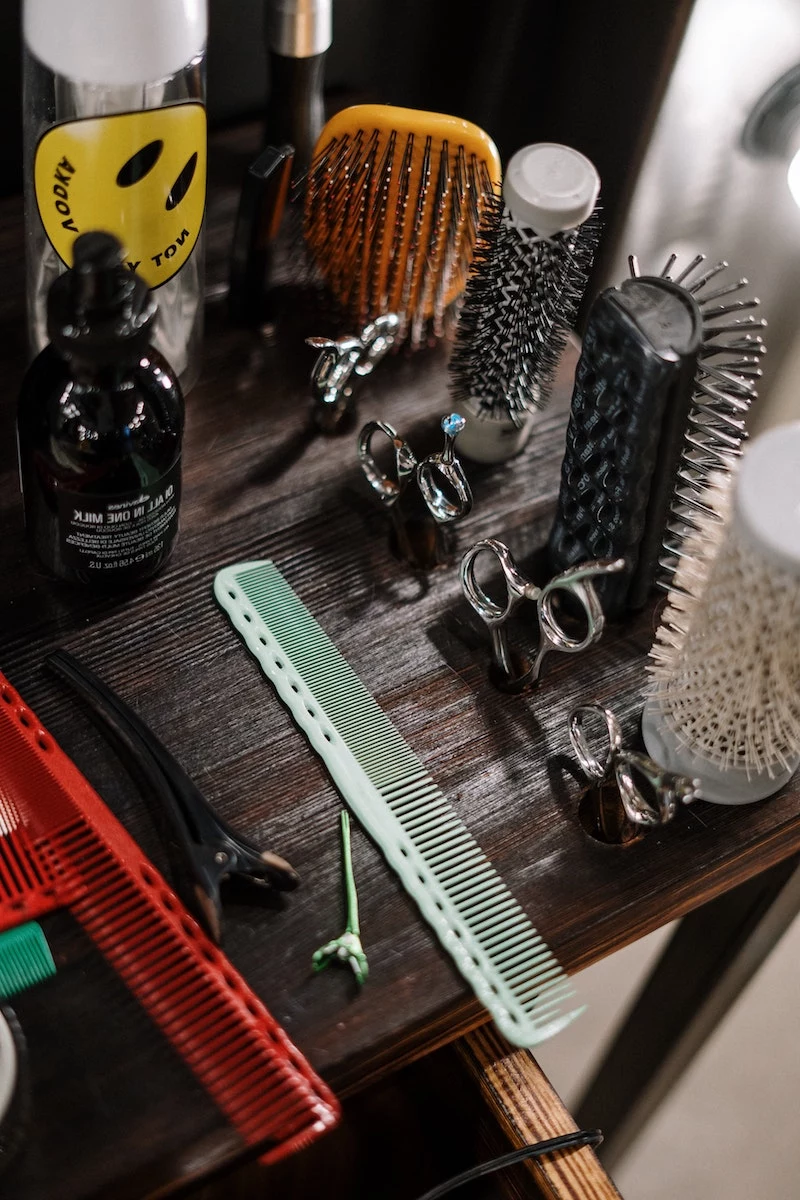
Beyond your hair’s texture and density, your stylist is also considering your lifestyle. Be honest about your morning routine.
- The 5-Minute Dash: If you’re a wash-and-go person, you need a cut with built-in texture that air-dries well, like a shaggy pixie or a French bob.
- The Styling Enthusiast: If you enjoy heat styling, a sleeker, more geometric bob or a layered cut that can be styled for volume might be a perfect fit.
The ‘big chop’ is more than just a haircut; it’s often a significant emotional release. Many women describe feeling a sense of lightness and freedom, shedding not just hair but also old expectations. It’s a powerful act of reclaiming your image and focusing attention on your face—your eyes, your smile. It’s a bold statement that confidence doesn’t hide behind long locks.










